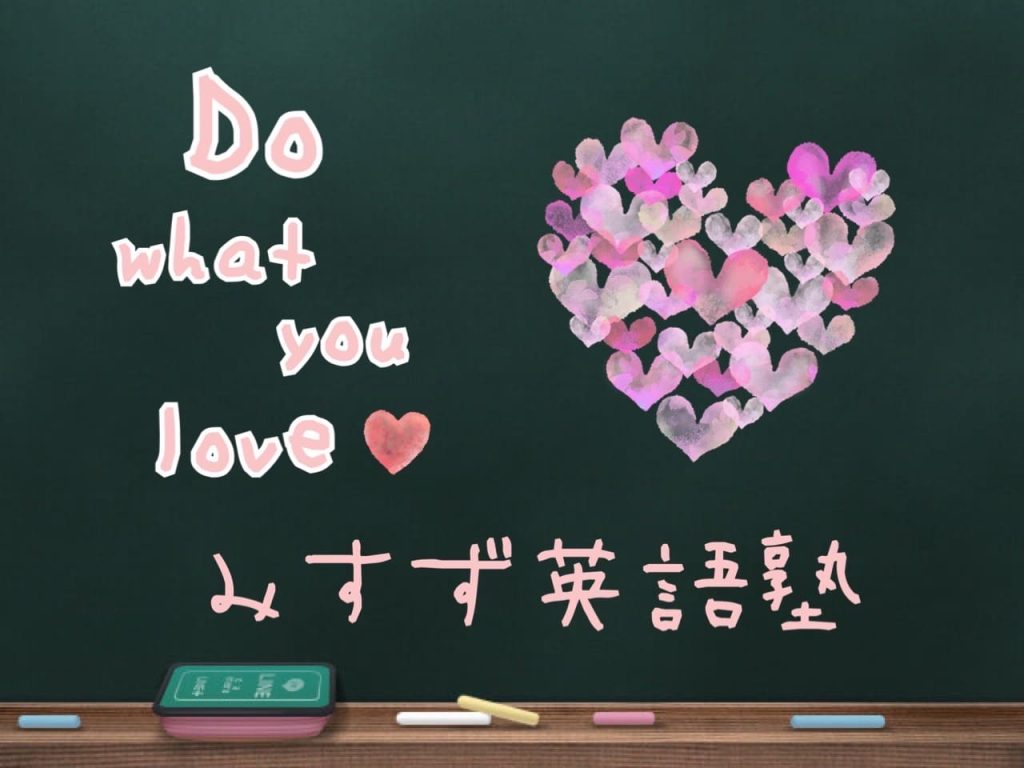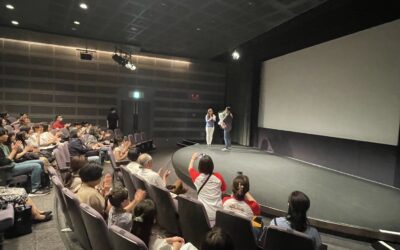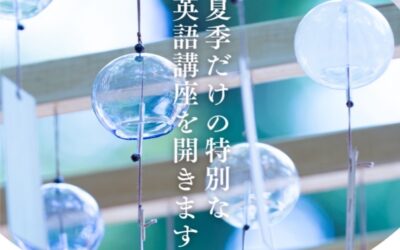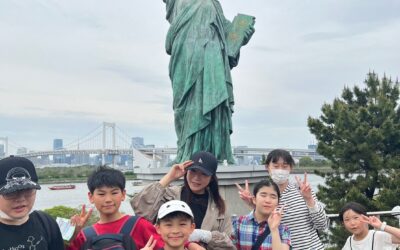Breaking out of the classroom, one adventure at a time!
As March came to a close and the chill of winter started to soften, we thought…
Let’s go outside!
Although most of our lessons are usually held indoors, we’re lucky to be located in a quiet, residential area with several lovely parks just a short walk away.
So for the end of the school year, we took a few of our classes outdoors—and what a difference it made!
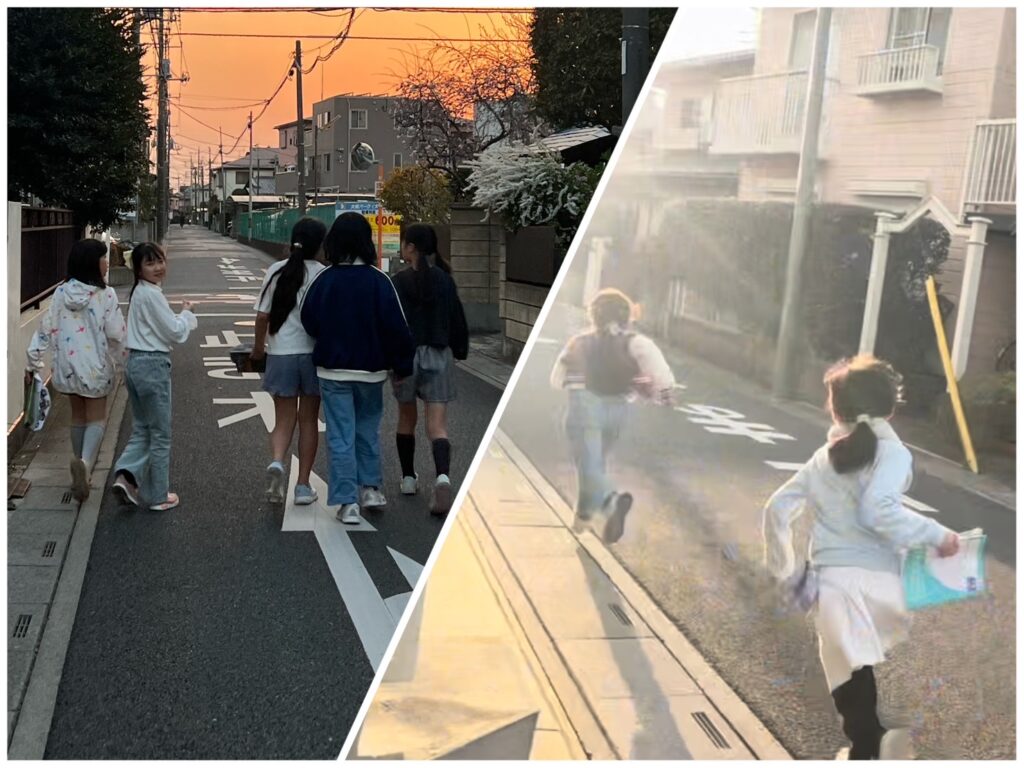
🗿 “Fun Sculpture” Adventures
Grades 3–5 Class | Explore Our World1 (National Geographic)
Place-Based Education:自分たちの地域(自然、歴史、文化など)に根ざした学び
In this class, we wrapped up our reading unit on “Fun Sculpture” with a three-step project:
- Post a photo of a sculpture you’ve seen—near home or while traveling—on our class Padlet.
- Visit a local park with shrines and statues. Sketch what you see!
- Write about your favorite sculpture, using what we learned in class.

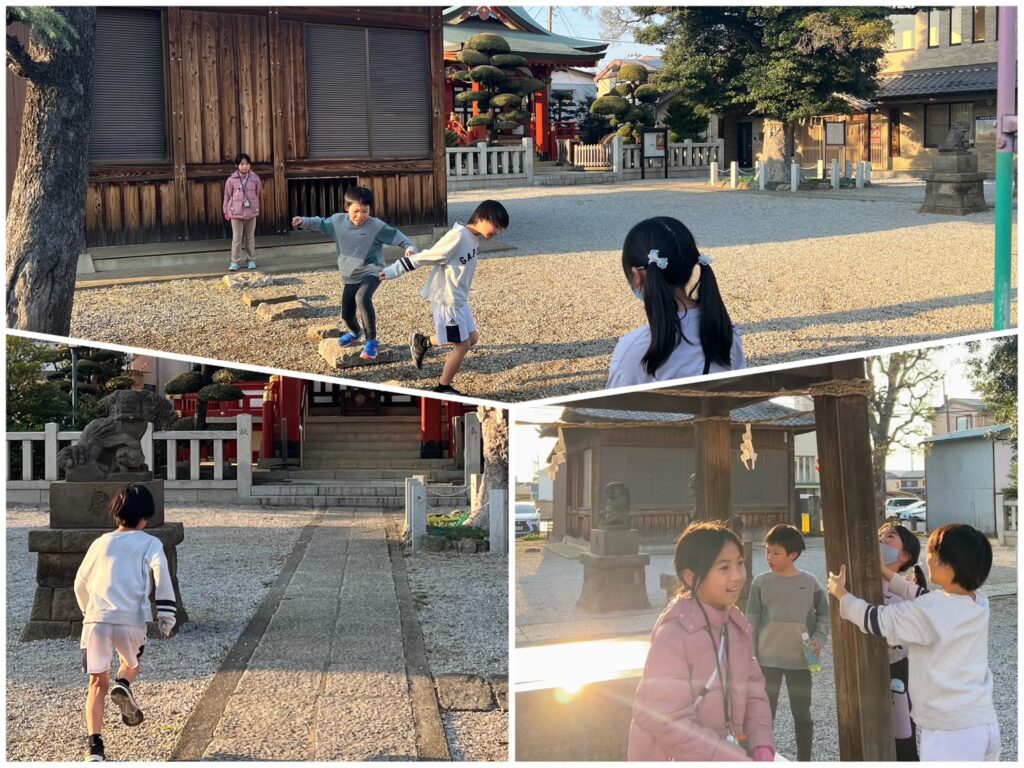
Just stepping outside was a fresh change. The kids were full of energy, chatting and laughing as they observed, pointed, and sketched.
We saw new sides of everyone—and not just in their writing!
❓Question Words Come to Life
Grades 5–6 Class | Wrap-up Activity (Explore Our World Book 3)
Nature-Based Learning / Environmental Education:自然とふれあいながら学ぶ。教科に関係なく、自然の中で育つ力を大切にする考え方
What better way to review question words than a park adventure?
The final activity in our National Geographic textbook was filled with conversation prompts using who, what, where, when, why, and how.
Not everything in the photos existed in the park, of course—but that’s where creativity kicked in!
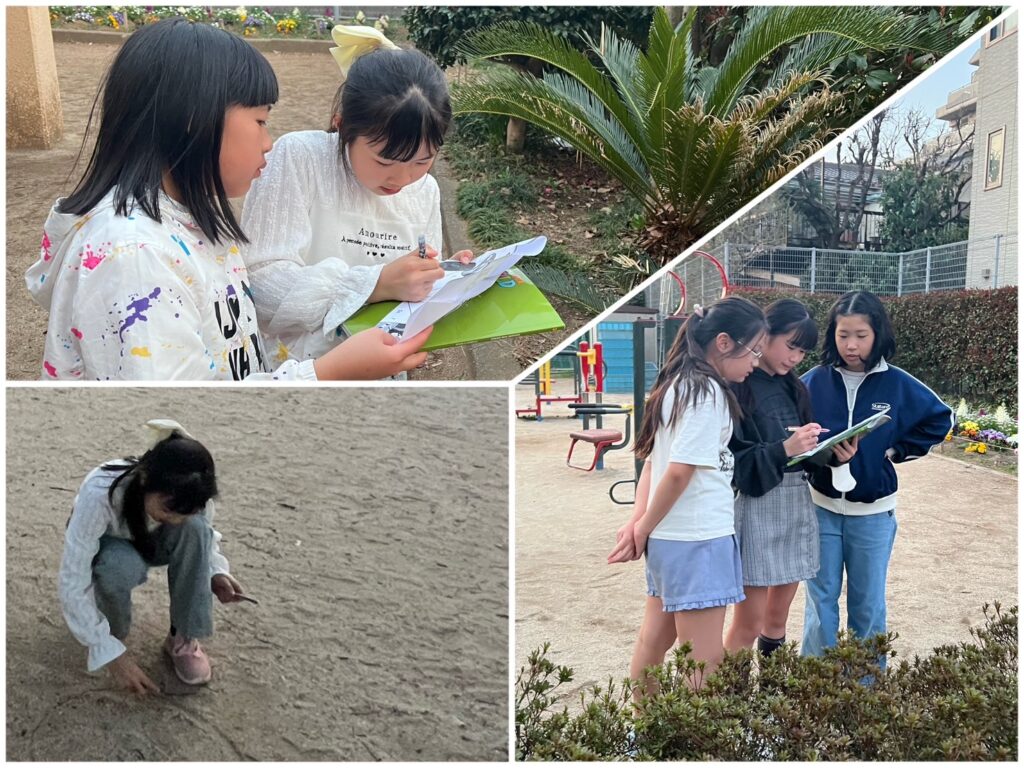
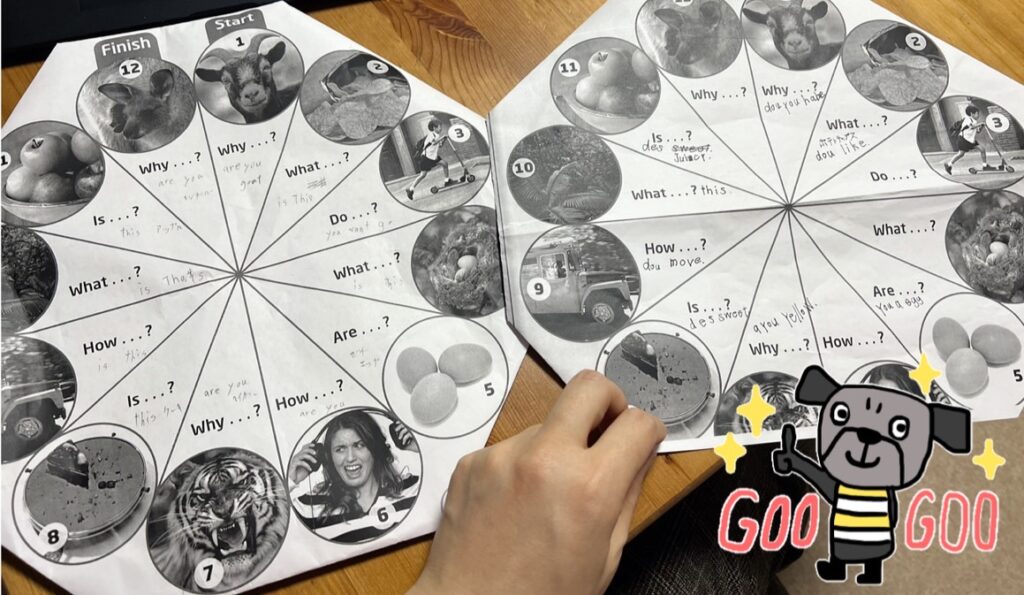
ome students asked questions to people in the park.
Some drew missing objects in the sand.
They made the most of what was there—and more.
And something magical happened:
They started talking. Freely. With each other, and with me.
Even students who often stay quiet in the classroom opened up, laughed, and got involved.
These moments remind us that a change of setting can change everything.
📝 Vocabulary Practice—Outside the Box!
Grades 4–6 Class | Monthly Word Review
Place-Based Education:自分たちの地域(自然、歴史、文化など)に根ざした学び
This class took their vocabulary review outdoors to finish the year.
Every month, we learn new words and review them at the end of the month, usually with a spelling test.
But writing on paper isn’t the only way to remember.
Why not write in the sand, spell words with your steps, or shout them into the breeze?
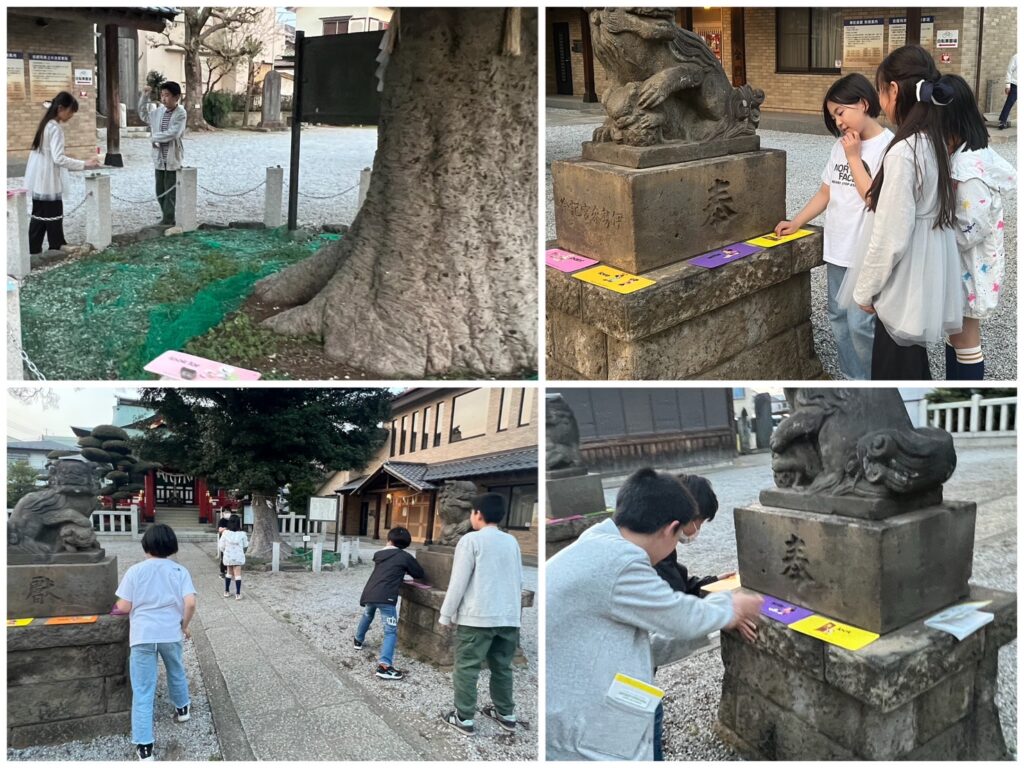
We walked around the sacred tree in the shrine park, reviewing words and learning in motion.
It wasn’t just fun—it worked. Everyone found a way to learn that felt natural for them.
🌸 Learning Outside the Classroom
Outdoor Learning × Experiential English Education:屋外での実践的な英語学習
Being outside doesn’t mean we need to be loud or active all the time.
What matters most is that each child feels free to be themselves.
Some took in the nature around them.
Some talked more than usual.
Some quietly observed and learned in their own rhythm.
And that’s what makes outdoor lessons so powerful:
They give children space to explore English—and themselves—in a new way.
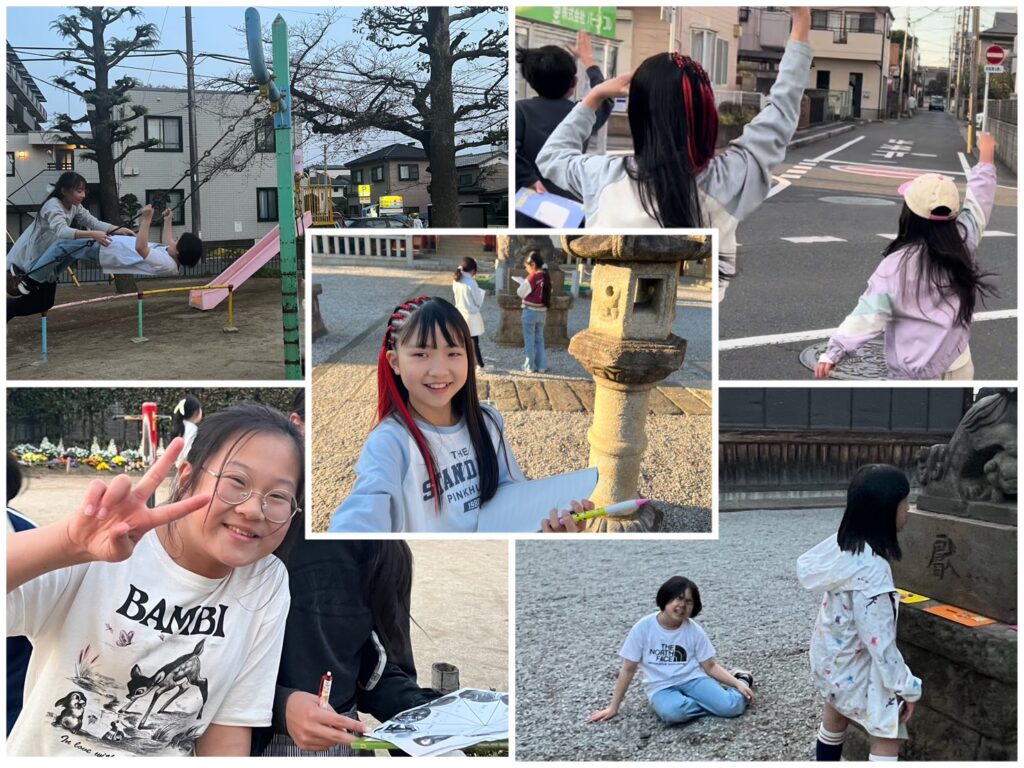

🧡 Written by Sakai, Misuzu Eigo Juku
Please do not copy, share, or reuse any photos from this blog.
Thank you for your understanding.
